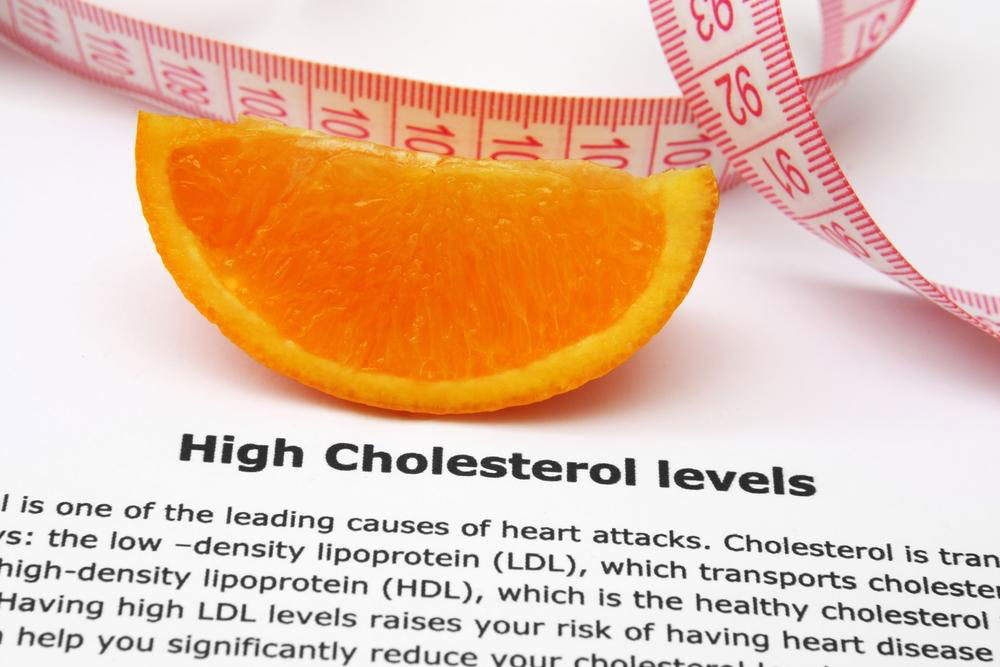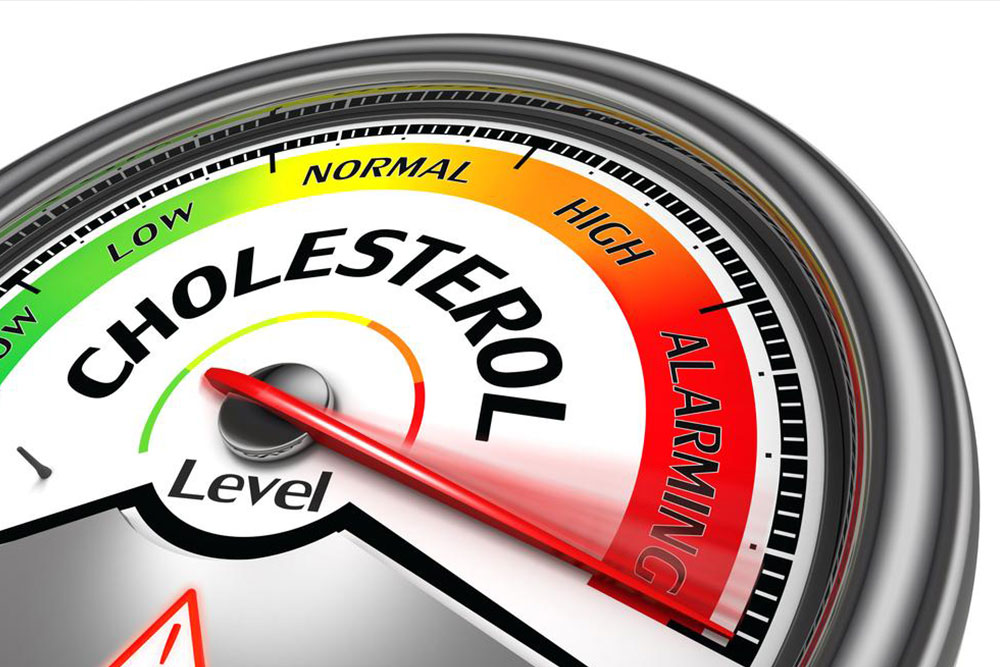Comprehensive Guide to Heart Valve Leakage: Symptoms, Diagnosis, and Modern Treatment Options
This comprehensive guide explores heart valve leakage, covering symptoms, diagnostic methods, and innovative treatment options like surgical repair, valve replacement, and minimally invasive procedures. It emphasizes the importance of early detection, lifestyle changes, and regular monitoring to manage this common cardiac condition effectively. Modern advancements in heart valve therapy improve patients' quality of life and long-term outcomes, making awareness and timely intervention crucial.

Comprehensive Guide to Heart Valve Leakage: Symptoms, Diagnosis, and Modern Treatment Options
Heart valve leakage, medically known as valvular regurgitation, is a condition where one or more of the heart's valves fail to close properly, allowing blood to flow backward instead of moving forward efficiently through the heart. This malfunction can range from mild to severe, with many individuals remaining asymptomatic during early stages. However, as the condition progresses, it can lead to significant health issues, including heart failure, arrhythmias, and other cardiovascular complications. Recognizing the symptoms early and understanding the available treatment options are vital for managing this condition effectively and improving quality of life.
Valve leakage often remains unnoticed in its mild form because it does not produce noticeable symptoms. Nevertheless, the progression into more severe stages manifests through various clinical signs. Common symptoms include persistent fatigue, shortness of breath, especially during exertion or when lying down, and persistent cough. Patients may also experience palpitations, where they feel an irregular or rapid heartbeat, which can be alarming. Swelling in the legs, ankles, or abdomen, known as edema, can occur as the heart's ability to pump blood effectively diminishes. Additionally, chest discomfort or pain, dizziness, or fainting episodes may mimic other heart-related issues, making accurate diagnosis crucial.
Additional symptoms are often associated with specific types of valve leakage. For example, mitral valve regurgitation might cause breathing difficulties and fatigue, while aortic valve leakage can lead to chest pain and dizziness. It is essential to consult a healthcare professional if experiencing any symptoms suggestive of valve dysfunction, especially if they persist or worsen over time. Proper diagnosis involves a combination of physical examination, echocardiography, and other cardiac imaging techniques, which help determine the severity and specific valve involved.
Effective management of heart valve leakage varies based on the particular valve affected—whether it is the mitral, aortic, tricuspid, or pulmonary valve. The overarching goals in treatment are to improve cardiac function, relieve symptoms, and prevent complications such as heart failure or arrhythmias. Modern cardiology provides a broad spectrum of options ranging from conservative medical management to innovative surgical interventions and minimally invasive procedures.
1. Surgical and Non-Surgical Repair Techniques
Annuloplasty
This is a widely used surgical procedure designed to repair a leaky mitral or tricuspid valve. It involves reinforcing or reshaping the valve's annulus—the ring-like structure surrounding the valve opening. The surgeon implants a supportive ring made of flexible or rigid material to help the valve leaflets close properly, preventing blood from leaking backward into the atrium or ventricle. Annuloplasty can be performed through open-heart surgery or via minimally invasive techniques, depending on the patient's condition and surgeon expertise. The procedure significantly improves valve function and reduces symptoms, often providing long-term benefits.
2. Valve Replacement Options
Valve Replacement
When the damage to the valve is extensive, repair may no longer be feasible, necessitating valve replacement. This involves removing the diseased or damaged valve and replacing it with a prosthetic valve. Prosthetic valves can be biological or mechanical. Biological valves are derived from pig (porcine) or cow (bovine) tissue—referred to as xenografts—or human donor tissue, called homografts. These valves tend to have a lifespan of about 10 to 15 years but often do not require lifelong anticoagulation therapy. Mechanical valves, made from durable synthetic materials, can last a lifetime but usually require lifelong blood-thinning medications to prevent clot formation. Each option has its benefits and risks, and the choice depends on the patient's age, lifestyle, and medical history.
Other Advanced Techniques
Ross Procedure
This innovative surgical technique involves replacing a diseased aortic valve with the patient's own pulmonary valve, which is positioned where the aortic valve was. The pulmonary valve is then replaced with a donor pulmonary valve. This approach is especially beneficial for children and young patients because the pulmonary autograft can grow as the patient develops, reducing the need for future surgeries. Continuous postoperative monitoring is necessary to ensure the valve's proper functioning, and further interventions may be required down the line.
TAVR (Transcatheter Aortic Valve Replacement)
TAVR is a minimally invasive procedure that offers an alternative to traditional open-heart surgery, primarily for elderly or high-risk patients. Using advanced catheter-based technology, a replacement valve is guided into position via a catheter inserted through the femoral artery or other blood vessels. The new valve is expanded within the diseased valve, restoring normal blood flow with reduced recovery times. TAVR has revolutionized the treatment options for severe aortic stenosis and regurgitation, making it accessible to patients who previously had limited options.
3. Lifestyle Changes and Long-Term Management
Adopting a heart-healthy diet is essential in managing heart valve disease. Consuming foods rich in omega-3 fatty acids, fiber, antioxidants, and low in saturated fats, trans fats, sodium, and added sugars supports cardiovascular health. Incorporating fruits, vegetables, whole grains, lean proteins, and healthy oils can help reduce disease progression and improve overall well-being. Consulting with a registered dietitian can help craft a personalized nutrition plan suited to an individual's needs.
Regular physical activity tailored to the patient's condition is crucial. Moderate exercise, such as walking or swimming, for about 150 minutes weekly, can enhance cardiovascular endurance and reduce symptoms. However, it is essential to avoid strenuous or high-impact activities that could strain the heart. Before starting any new exercise regimen, patients should seek medical advice to ensure safety, especially if they experience chest pain, dizziness, or severe fatigue.
Routine checkups, including echocardiograms and other diagnostic assessments, are vital for monitoring disease progression and adjusting treatment plans accordingly. Additionally, patients should be vigilant for signs of worsening symptoms, such as increased shortness of breath, palpitations, or swelling, and seek prompt medical attention. Managing blood pressure, cholesterol levels, and avoiding infections like strep throat are also important components of long-term care.
In cases where patients require anticoagulation therapy after valve replacement, adherence to medication schedules and regular blood testing are necessary to prevent clot formation. Lifestyle modifications, including avoiding high-impact activities that increase bleeding risk, are also recommended.
In summary, heart valve leakage is a condition that requires prompt diagnosis and comprehensive management. Advances in surgical techniques, minimally invasive procedures, and lifestyle interventions have significantly improved patient outcomes. If you experience symptoms suggestive of valve disease, consulting a cardiologist promptly can help determine the most appropriate course of action, ensuring effective treatment and a better quality of life.





